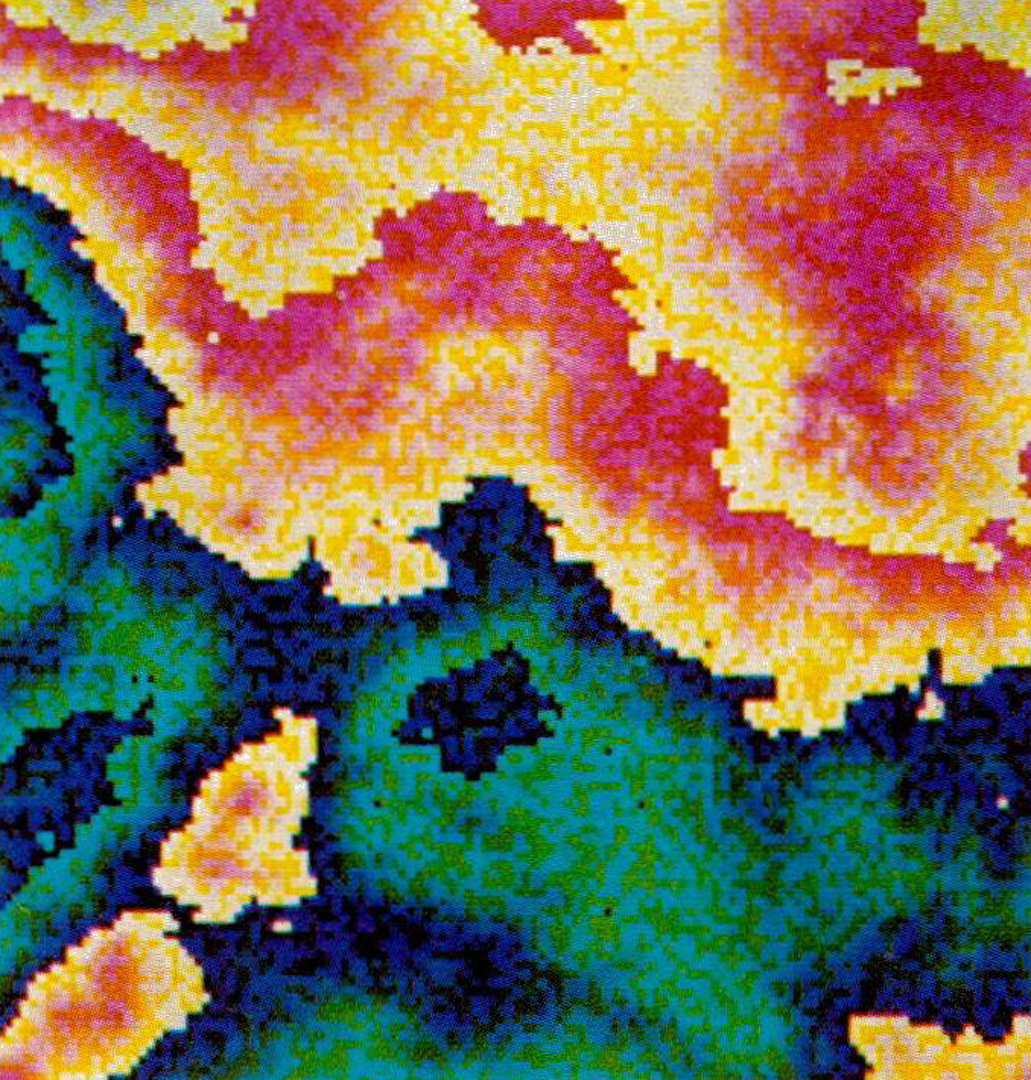“A hardware stochastic interpolator for raster displays” by Piper and Fournier
Conference:
Type(s):
Title:
- A hardware stochastic interpolator for raster displays
Presenter(s)/Author(s):
Abstract:
Stochastic modeling has found uses so far mainly for expensive very realistic graphics display. The cost of rendering is not intrinsic to the technique, but mainly due to the high resolution and the sophisticated display techniques which accompany it. We describe here a basic tool for a less expensive approach to stochastic modeling which is designed for a more “down to earth” type of application, and brings the display of stochastic models nearer to real-time. A special purpose board for stochastic interpolation has been built, which can generate an array of up to 129×129 12 bit stochastic values to be used by the rest of the display system as a texture source, or for more elaborate algorithms. The board functions as a coprocessor in a traditional frame buffer system, and includes a micro-coded bit-slice processor, a multiplier, special hardware to generate uniformly distributed random numbers, memory to store a look-up table for random numbers with the required distribution, and two buffers for the resulting arrays. The current implementation generates values at less than 4 microseconds per point, and in conjunction with a standard graphics processor can display nearly 10000 stochastic points in real-time, or can update a full screen of stochastic values in less than one second. Illustrations are given of the output of the board and of pictures and animations generated with it.
References:
1. Blinn, J. F. “Simulation of wrinkled surfaces “, in Proceedings of SIGGRAPH ’78, also published as Comput. Graphics, 12, 3, (Aug 1978), 286-292.
2. Catmull, E., “Computer display of curved surfaces “, in Proc. IEEE Conference on Computer Graphics, Pattern Recognition and Data Structure. (May 1975).
3. Fournier, A., Fussell, D. and Carpenter, L. “Computer Rendering of Stochastic Models”, Communications of the ACM, 25, 6, (June 1982), 371-384.
4. Fu, K. S. “Syntactic Image Modeling using Stochastic Tree Grammars”, Computer Graphics and Image Processing, 12, (1980), 136-152.
5. Holt, R.C., Concurrent Euclid, The UNIX Operating System, and TUNIS, Addison-Wesley, (1983).
6. Knuth, D. E., The Art of Computer Programming, Volume 2: “Seminumerical Algorithms”, Addison-Wesley, (1969).
7. Mandelbrot, B. B. and Van Ness, J. W. “Fractional Brownian motions, fractional noises and applications”, SIAM Review, 10, 4, (Oct 1968), 422-437.
8. Mandelbrot, B. B. The Fractal Geometry of Nature. Freeman, (1982).
9. Max, N. “Vectorized Procedural Models for Natural Terrains: Waves and Islands in the Sunset”, in Proceedings of SIGGRAPH 81, also published as Comput. Graphics, 15, 3, (Aug 81), 317-324.
10. Norton, A., Rockwood, A. P. and Skolmoski, P. T. “Clamping, A Method of Antialiasing Textured surfaces by Bandwidth Limiting in Object Space”, in Proceedings of SIGGRAPH 82, also published as Comput. Graphics, 16, 3, (July 82), 1-8.
11. Piper, T. S. A Hardware Stochastic Interpolator for Three Dimensional Computer Graphics, Master Thesis, Department of Electrical Engineering, University of Toronto, (1983).
12. Reeves, W. T., “Particle Systems-A Technique for Modeling a Class of Fuzzy Objects”, Transactions on Graphics, 2, 2, (April 83), 91-108.
13. Stepoway,S. L., Wells, D. L. and Kane, G. R., “An Architecture for Efficient Generation of Fractal Surfaces”, Proceedings of the 1983 International Conference on Parallel Processing, (August 83), 261-268.
14. Williams, L. “Pyramidal Parametrics”, in Proceedings of SIGGRAPH 83, also published as Comput. Graphics, 17, 3, (July 83), 1-11.




